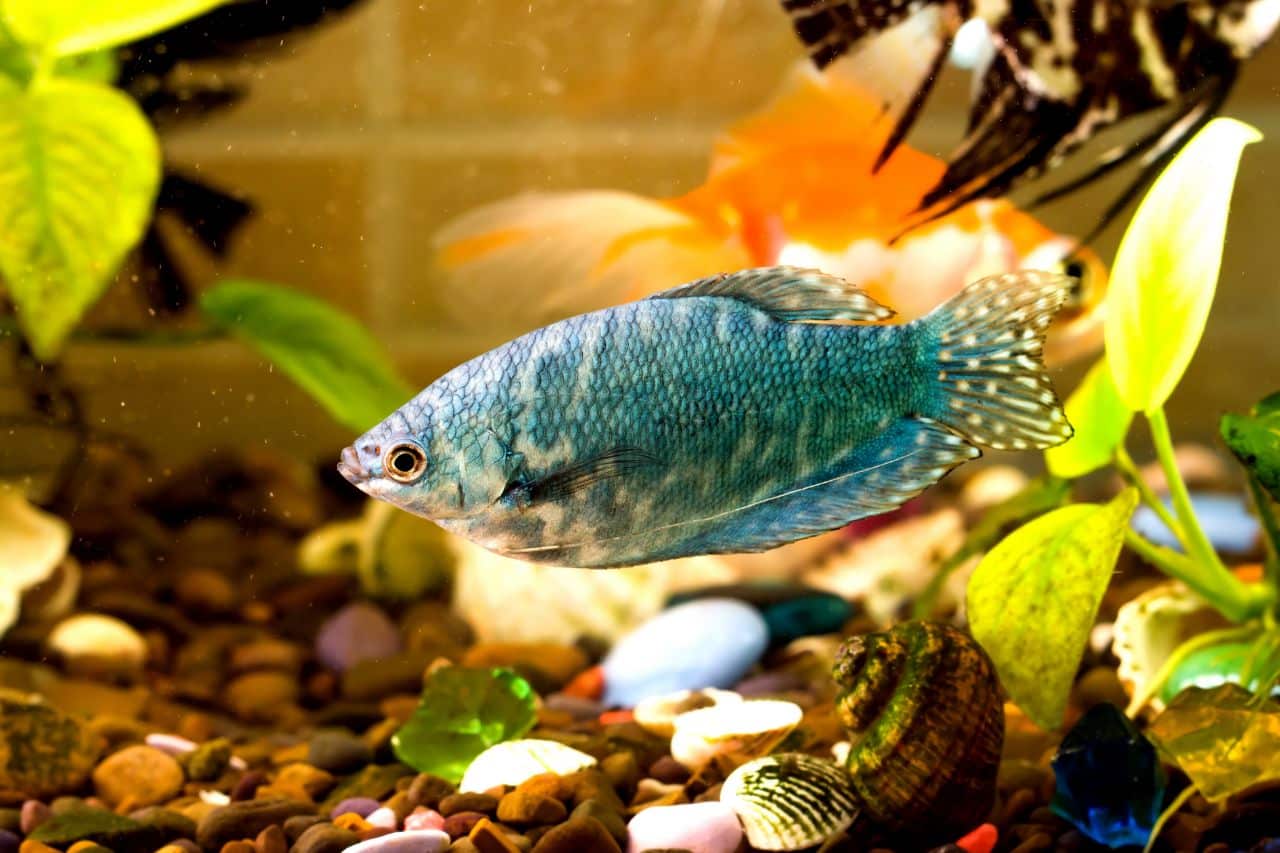Introduction: Understanding the Needs of Angel Fish
Choosing the right tank size for your angel fish is crucial for their health and well-being. Angel fish, known for their graceful appearance and vibrant colors, are popular among aquarists of all levels. Whether you’re a beginner or an experienced hobbyist, providing an appropriate environment is essential to ensure your angel fish thrive. In this guide, we’ll delve into the factors that influence tank size selection, discuss the minimum tank size recommendations, and explore how tank dimensions can impact the behavior and longevity of your angel fish.
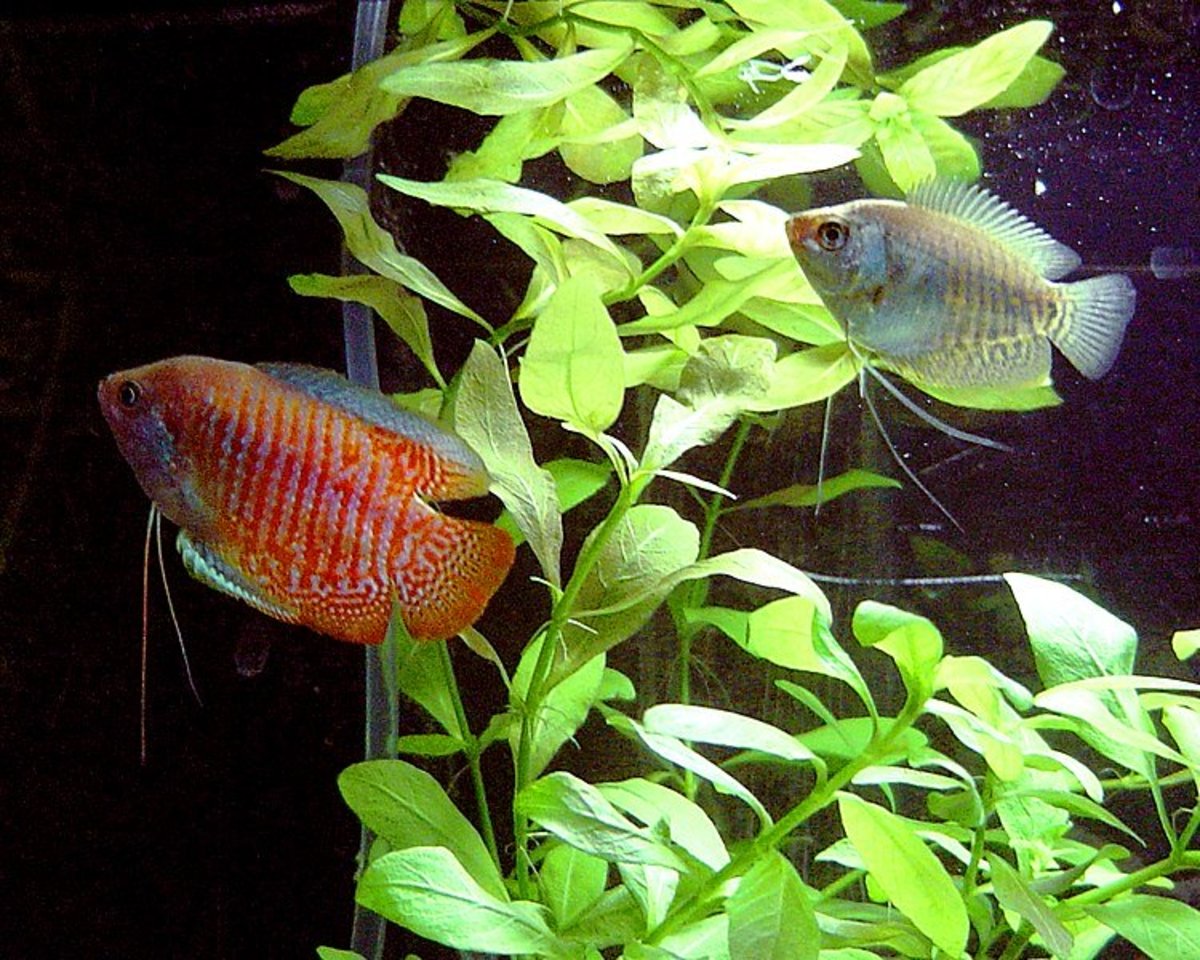
Natural Habitat and Behavior
Before selecting a tank size, it’s important to understand the natural habitat and behavior of angel fish. Originating from the Amazon River basin in South America, angel fish inhabit slow-moving rivers, streams, and flooded forests. They are accustomed to swimming in vertical patterns and prefer tall aquariums with ample vertical swimming space. Angel fish are territorial and may become aggressive if confined in too small a tank or if space is limited. Mimicking their natural environment in your aquarium setup can help reduce stress and promote natural behaviors.
Minimum Tank Size Recommendations
The minimum tank size for angel fish depends on several factors, including the number of fish, their size, and tank dimensions. As a general rule of thumb, a single adult angel fish requires a tank capacity of at least 20 gallons (75 liters). However, considering their size and behavior, a taller tank is preferable to accommodate their vertical swimming habits. For a pair or a small group of angel fish, a tank size of 30 gallons (113 liters) or larger is recommended to provide adequate space and minimize territorial disputes.
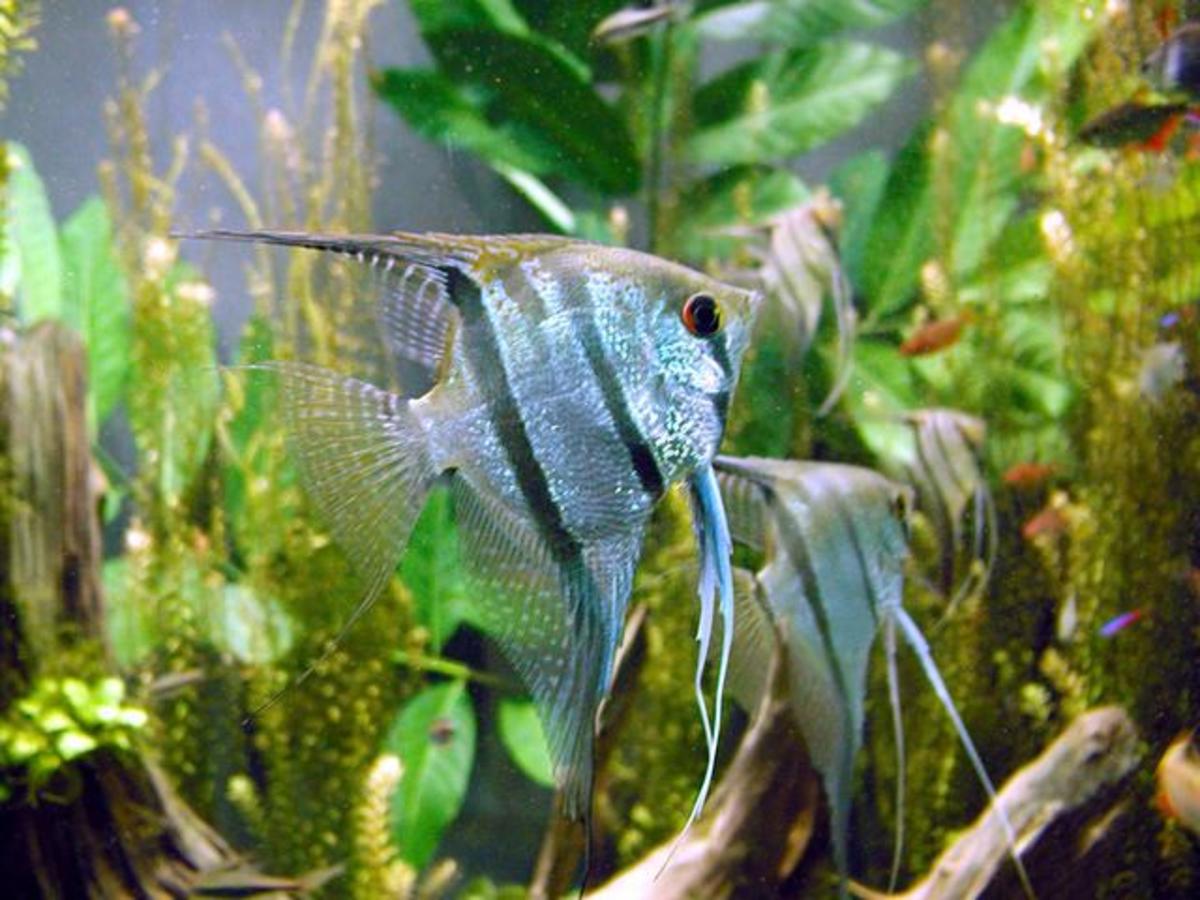
Tank Dimensions and Vertical Space
Tank dimensions play a significant role in providing suitable living conditions for angel fish. Unlike fish that primarily swim horizontally, such as tetras or guppies, angel fish require vertical swimming space due to their elongated bodies and long fins. A tank with dimensions like 24 inches (60 cm) in length by 12 inches (30 cm) in width by 18 inches (45 cm) in height is considered ideal for a pair of angel fish. This configuration allows them to swim comfortably without feeling cramped and supports their natural swimming behavior.
Considerations for Juvenile and Adult Angel Fish
When selecting a tank size, it’s important to consider the growth potential of angel fish. Juvenile angel fish are smaller and can initially thrive in smaller tanks, such as a 10-gallon (38-liter) tank. However, as they mature and grow larger, they will require a larger tank to accommodate their increased size and swimming needs. Adult angel fish can reach sizes of up to 6 inches (15 cm) in body length, not including their flowing fins. Providing adequate space from the beginning helps prevent the need for frequent tank upgrades as they grow.
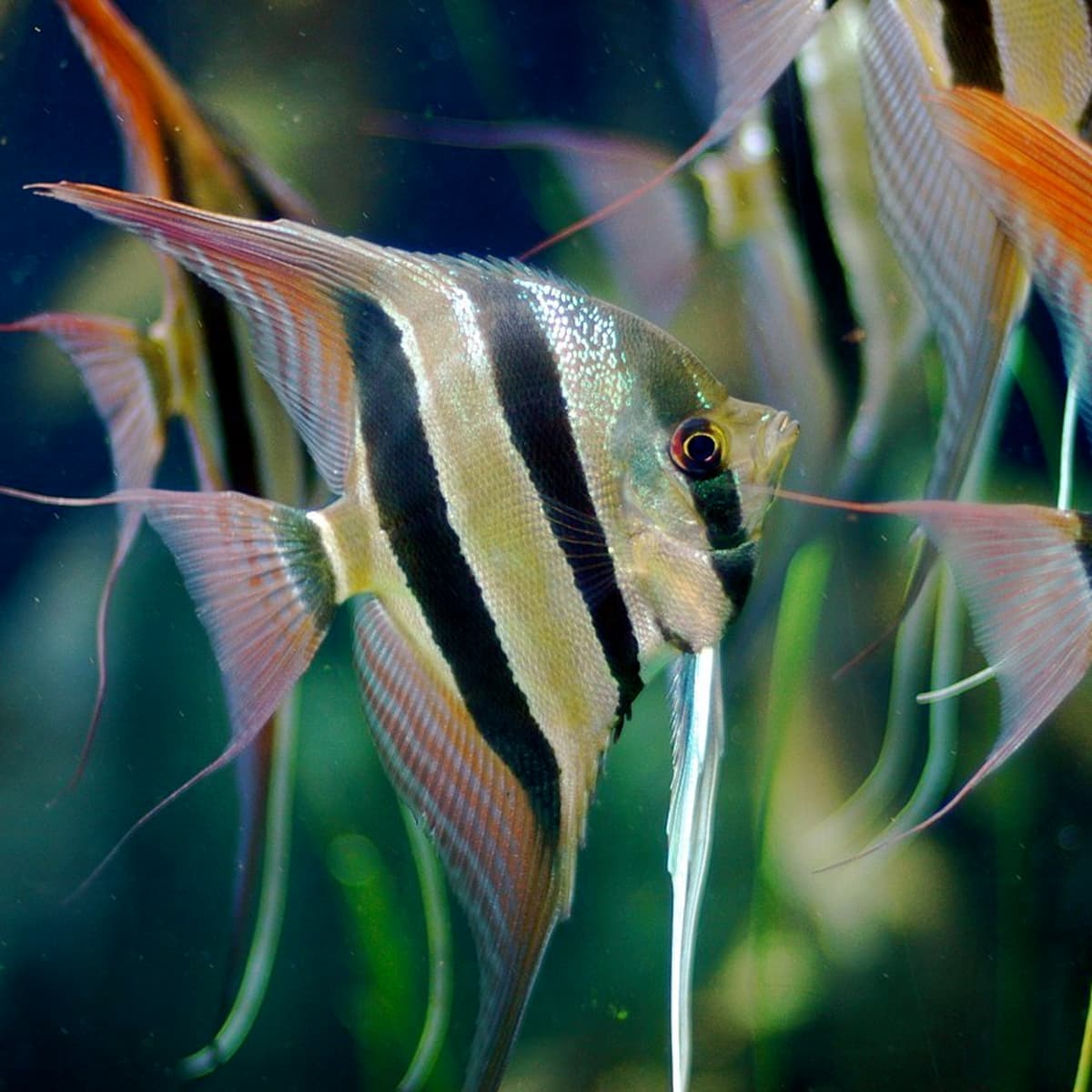
Bioload and Water Quality
The size of your tank also affects its bioload capacity—the amount of waste produced by fish and other tank inhabitants. Overcrowding can lead to poor water quality, which in turn can stress angel fish and make them more susceptible to diseases. A larger tank with sufficient filtration provides better water quality and stability, reducing the frequency of water changes and maintenance tasks. Proper filtration, regular monitoring of water parameters, and maintaining a balanced ecosystem are essential for the health and longevity of your angel fish.
Aquascaping and Tank Décor
In addition to tank size, aquascaping and tank décor play roles in creating a suitable environment for angel fish. Providing plants, driftwood, and rocks not only enhances the aesthetic appeal of your aquarium but also serves functional purposes. Plants provide hiding spots and territorial boundaries, which can help reduce aggression among angel fish. Driftwood and rocks create natural barriers and mimic their Amazonian habitat, providing a sense of security and enrichment. Ensure that decorations are safely secured to prevent them from toppling over or injuring your fish.

Compatibility with Tankmates
When planning your angel fish tank, consider the compatibility of potential tankmates. Angel fish are generally peaceful but can be territorial, especially during breeding or if their space is invaded. Avoid keeping them with aggressive or fin-nipping species like tiger barbs or certain cichlids. Good tankmates include similarly sized peaceful community fish like tetras, rasboras, and peaceful bottom dwellers like Corydoras catfish. Researching the temperament and compatibility of fish species ensures a harmonious community tank environment.
Maintenance and Care
Maintaining a healthy environment for angel fish involves regular maintenance and care routines. Perform weekly water changes of 20-30% to remove accumulated waste and replenish essential nutrients. Clean the substrate using a siphon to remove debris without disturbing your fish. Monitor water parameters such as ammonia, nitrite, nitrate, pH, and temperature regularly to ensure they remain within optimal ranges. Observing your angel fish for any signs of stress, illness, or abnormal behavior allows for prompt intervention and treatment if necessary.
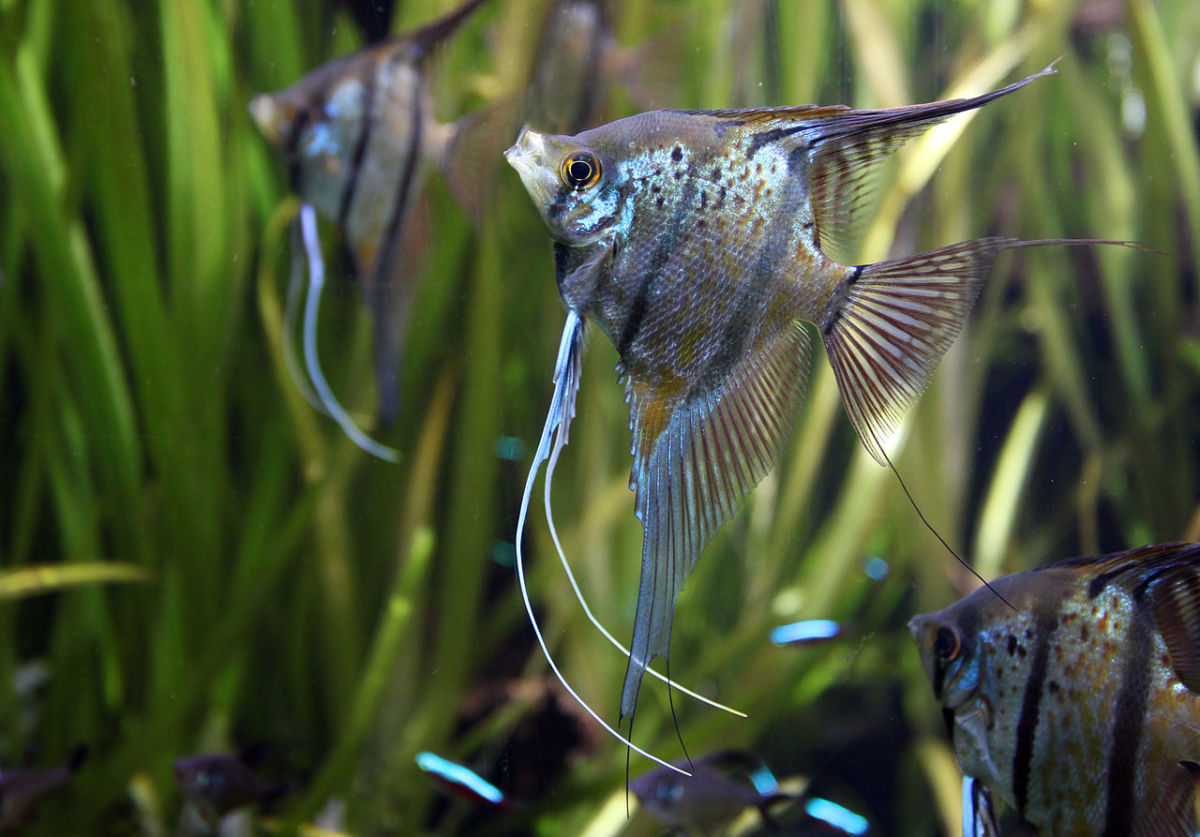
Temperature and Water Parameters
Maintaining stable water parameters is crucial for the health of angel fish. They thrive in slightly acidic to neutral water conditions with a pH range of 6.5 to 7.5. The water temperature should be kept between 24-28°C (75-82°F), which replicates their natural tropical habitat. Use a reliable aquarium thermometer to monitor temperature fluctuations and adjust your heater settings accordingly.
Feeding Habits
Angel fish are omnivorous and enjoy a varied diet. Offer them a balanced diet that includes high-quality flake or pellet food supplemented with live or frozen foods such as bloodworms, brine shrimp, and daphnia. Feed them 2-3 times a day, only giving them an amount of food they can consume in a few minutes to prevent overfeeding and water quality issues.
Conclusion: Creating a Haven for Your Angel Fish
Choosing the right tank size for your angel fish is a fundamental aspect of responsible fishkeeping. By understanding their natural habitat, behaviors, and space requirements, you can create a habitat that promotes their health, well-being, and natural behaviors. Whether you opt for a taller tank to accommodate their vertical swimming habits or prioritize adequate space to minimize aggression, each decision contributes to the overall happiness and longevity of your angel fish. With proper care, maintenance, and attention to their needs, your angel fish will thrive in their aquatic abode, delighting you with their beauty and grace for years to come.






